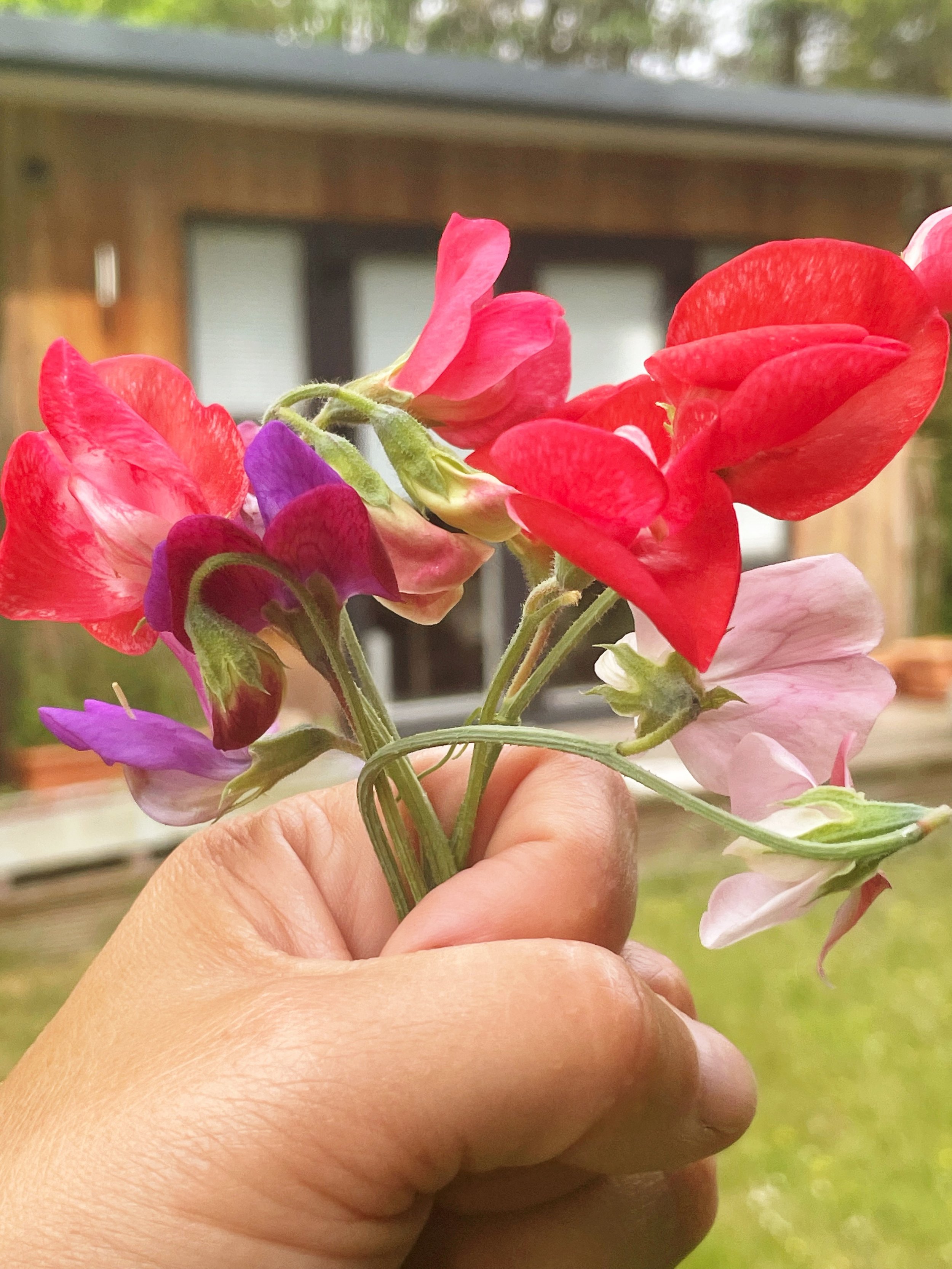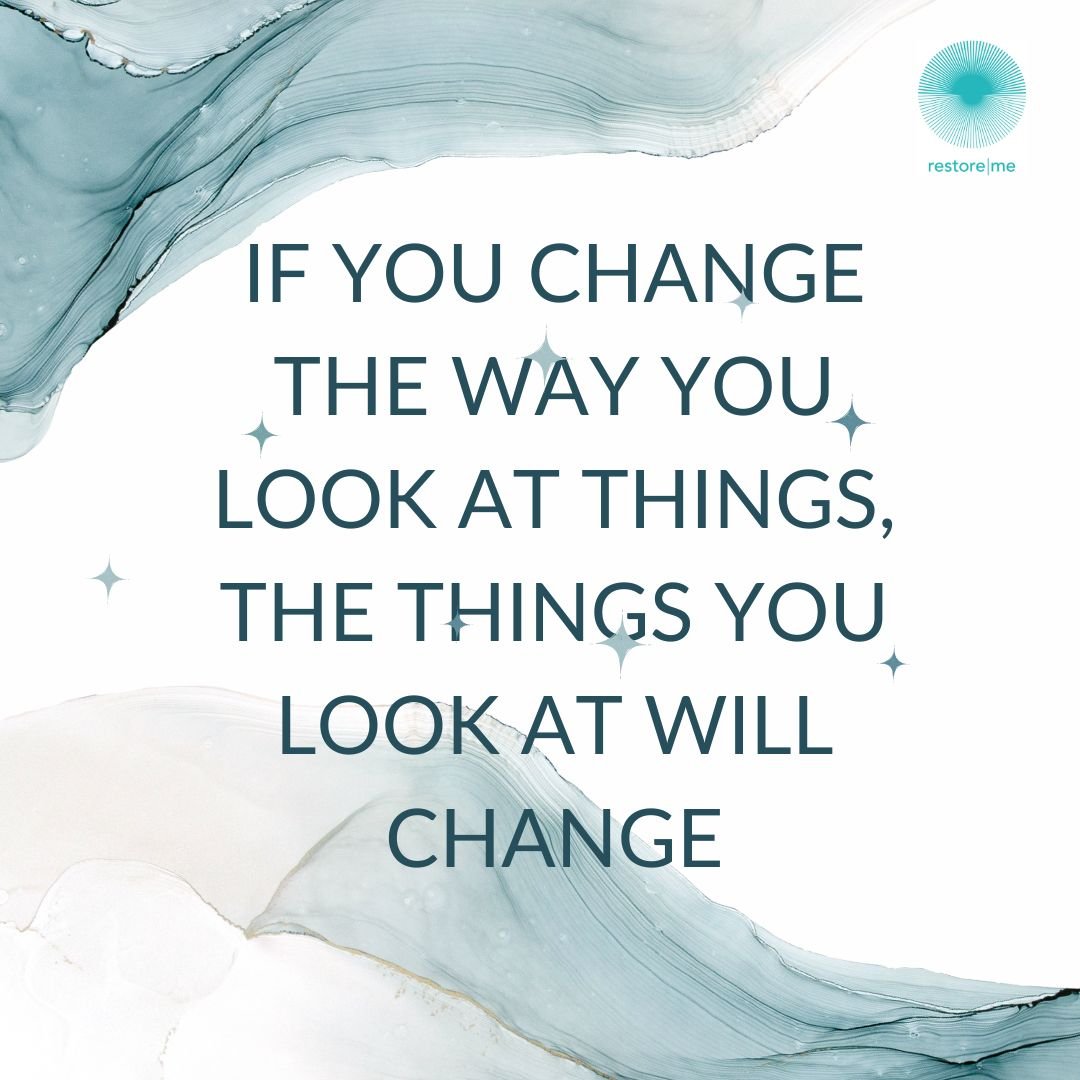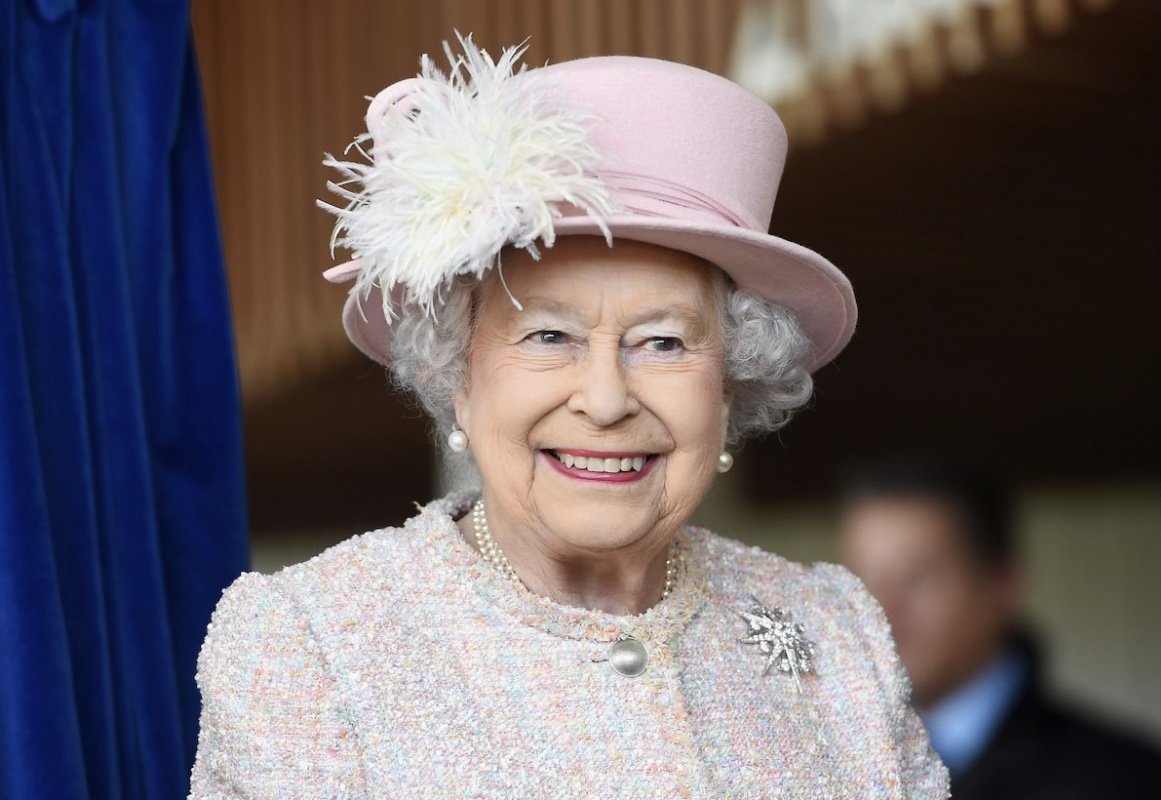Picture this: It's that time of the month, and you're grappling with a rollercoaster of emotions, painful cramps, and an insatiable craving for chocolate. Sound familiar?
You're not alone. Many women around the world experience the tumultuous journey of Premenstrual Tension (PMT). In this blog post, I’ll take you on a journey through the realm of PMT, exploring its emotional and physical symptoms, and revealing how acupuncture can be your natural, holistic ally in managing this monthly challenge. Honestly it doesn't need to be like this…
The PMT Puzzle Unveiled
Before we dive into the acupuncture magic, let's understand what PMT is from both the Western medical model and the TCM perspective.
The Western Medical Model: Premenstrual Tension, often known as Premenstrual Syndrome (PMS), encompasses a range of physical and emotional symptoms that appear in the days leading up to menstruation. Symptoms can vary widely, but they may include mood swings, irritability, bloating, breast tenderness, and headaches. While PMS is common, it's by no means normal, and it can significantly impact a woman's quality of life.
TCM Insight: In Traditional Chinese Medicine, PMT is seen as an imbalance in the body's Qi (energy) and blood flow. This imbalance can disrupt the smooth flow of energy throughout the body, leading to the symptoms experienced during PMT.
The Emotional and Physical Rollercoaster
Now, let's explore the emotional and physical symptoms that often accompany PMT:
Emotional Symptoms:
Mood Swings: One minute you're on cloud nine, the next you're in the depths of despair.
Irritability and Anxiety: The smallest things can set you off, and anxiety creeps in.
Depression: Feelings of sadness and hopelessness can take over.
Fatigue: A sense of exhaustion that can leave you drained.
Physical Symptoms:
Bloating: Your jeans feel tighter, and you might even avoid wearing them.
Breast Tenderness: Every hug becomes a pain.
Headaches: Throbbing temples add to your discomfort.
Cramps: A painful reminder that Aunt Flo is on her way.
Food Cravings: Suddenly, you can't resist the allure of chocolate or chips.
Acupuncture - Your PMT Superhero
Now, let's explore how acupuncture can swoop in and help you conquer these PMT villains:
The Mechanism of Acupuncture: Acupuncture involves the insertion of ultra-thin needles into specific points on the body, stimulating the flow of Qi and blood. For PMT, it's like hitting the reset button on your body's energy flow. Here's how it works:
Hormone Regulation: Acupuncture can influence the hypothalamus and pituitary glands, helping to balance hormone levels responsible for PMT symptoms.
Stress Reduction: By triggering the release of endorphins (your body's natural feel-good chemicals), acupuncture can combat the emotional turmoil often associated with PMT.
Improved Blood Flow: Enhanced circulation can alleviate cramps, headaches, and bloating.
Photo by Antonika Chanel on Unsplash
Evidence-Based Research
Studies have shown promising results for acupuncture's efficacy in managing PMT. Have a look at these studies:
1. Acupuncture for premenstrual syndrome: a systematic review and meta-analysis
This systematic review and meta-analysis, published in the journal BMC Women's Health, found that acupuncture is effective in reducing the symptoms of PMS, such as mood swings, irritability, and breast tenderness. The authors also found that acupuncture was safe and well-tolerated.
This randomized controlled trial, published in the journal The Journal of Alternative and Complementary Medicine, found that acupuncture is as effective as oral contraceptives in reducing the symptoms of PMS. The authors also found that acupuncture was associated with fewer side effects than oral contraceptives.
Overall, the research suggests that acupuncture is a safe and effective treatment for PMS. Acupuncture can help to reduce the symptoms of PMS and improve the quality of life for women who suffer from this condition.
Dietary and Lifestyle Choices
While acupuncture is a powerful tool, it's also essential to support your body through dietary and lifestyle choices.
Photo by Heather Barnes on Unsplash
Embrace foods rich in calcium, magnesium, and B vitamins. These can help alleviate cramps and mood swings.
Calcium
Dairy products, such as milk, cheese, and yogurt
Leafy green vegetables, such as kale, spinach, and collard greens
Sardines and salmon with bones
Fortified foods, such as orange juice and cereal
Magnesium
Leafy green vegetables, such as kale, spinach, and Swiss chard
Nuts, such as almonds, cashews, and peanuts
Seeds, such as pumpkin seeds and sunflower seeds
Whole grains, such as quinoa and brown rice
Legumes, such as beans and lentils
B vitamins
Whole grains, such as oats, brown rice, and quinoa
Legumes, such as beans and lentils
Nuts and seeds
Meat, poultry, and fish
Eggs
Dairy products
Leafy green vegetables
Regular Exercise: Physical activity can reduce stress and boost endorphins.
Stress Management: Practices like meditation, yoga, or mindfulness can work in harmony with acupuncture.
So, there you have it! PMT doesn't have to be a monthly battle you dread. Regular acupuncture, along with thoughtful dietary and lifestyle choices, can help you find balance, ease your symptoms, and embrace your natural rhythm. It's time to bid adieu to the PMT woes and say hello to happier, healthier cycles.
If you live in Moffat, south-west Scotland, or nearby areas, don't hesitate to reach out. Let's work together to make your PMT journey smoother and more enjoyable. Remember, life is too short to let PMT steal your sunshine!
Stay tuned for more health and wellness insights from my TCM garden room clinic in Moffat, where ancient wisdom meets modern wellbeing.



























